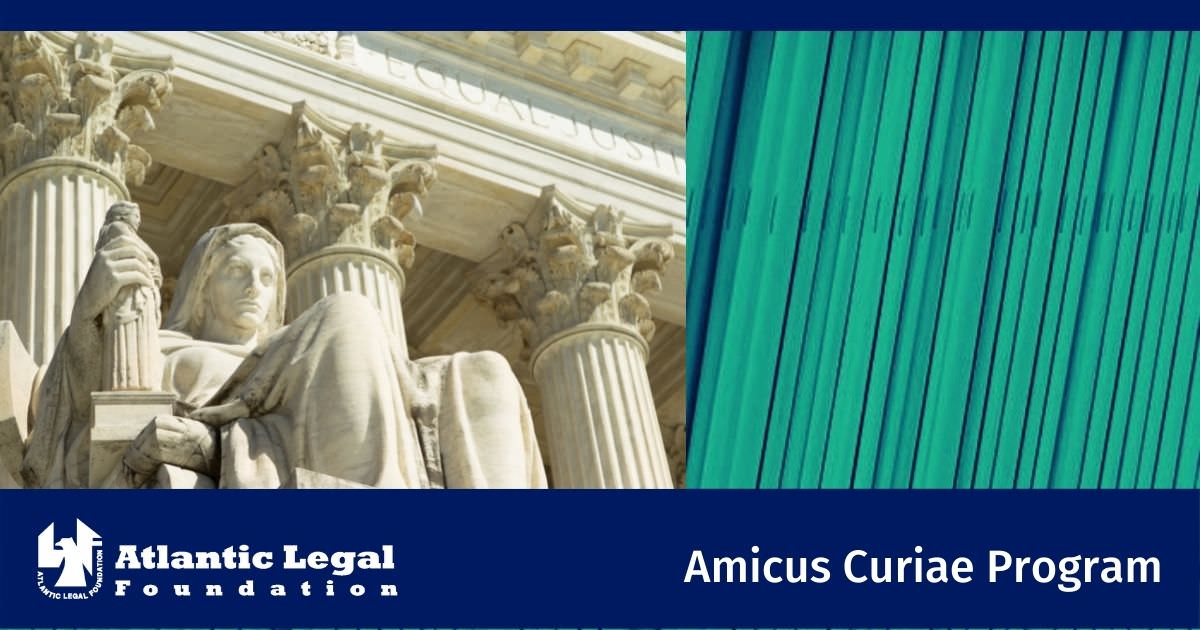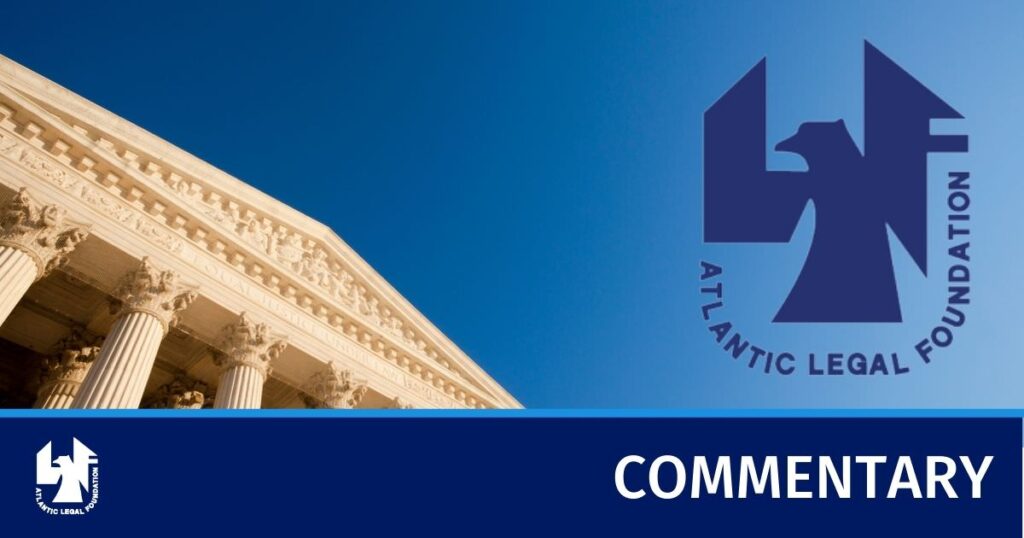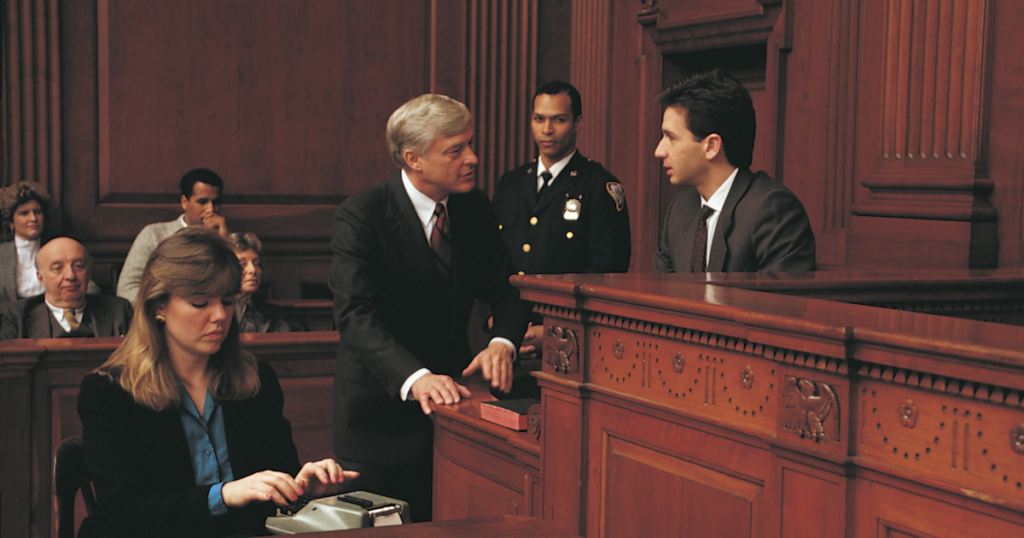The New York Court of Appeals, the states highest court, has scheduled oral argument on June 5, 2007 in Nonnon v. City of New York.
Nonnon provides an opportunity for the highest New York court to solidify the state laws movement toward a more muscular gatekeeping role for judges and thus is an extremely important appeal.
Nonnon is a toxic tort litigation concerning the Pelham Bay landfill in the Bronx, and involves claims by persons living near the landfill that they or their decedents contracted a variety of diseases, including several types of cancer, because of the toxins contained in materials dumped at the site.
The issue on appeal is whether the trial court and the intermediate appellate court erred in denying the Citys motion for summary judgment dismissing the case.The Citys motion was based on its argument that the reports and affidavits of experts offered by plaintiffs were not admissible in evidence because they lacked a proper foundation.
The Appellate Division, First Department held, in a three to two decision, that the reports and findings of the plaintiffs epidemiologists and toxicologists satisfy the scientific admissibility standard employed in Frye v. United States, 293 Fed. 1013 (D.C.Cir. 1923) and its New York State analog, People v. Wesley, 83 N.Y.2d 417 (1994).Justice Andrias, joined by Justice Williams, filed a strong and lucid dissent.
Professor David E. Bernstein of the George Mason University School of Law, an expert in the law of evidence, writing in The Wall Street Journal, said …[The Appellate Divisions decision in Nonnon] is a stark reminder that, despite far-reaching reforms, junk science still plagues American courtrooms.
The Court of Appeals granted, over opposition from the plaintiffs, Atlantic Legals motion for leave to submit an amicus brief on behalf of six prominent scientists with expertise in epidemiology, toxicology and risk assessment, including the former editor-in-chief of the New England Journal of Medicine and author of a standard text on toxicology and a professor of epidemiology and Dean Emerita of the School of Public Health of the University of California.Our amicus brief critically evaluates the plaintiffs proffered expert testimony and argues that the Appellate Division majority did not correctly scrutinize plaintiffs evidentiary offer, and details numerous ways in which that evidence does not comport with generally accepted scientific methodology, is unreliable and scientifically flawed, and does not support plaintiffs burden of proof.
Note: On June 27, 2007 the Court of Appeals returned the case to the trial court without reaching the merits.
To see AtlanticLegals brief, click here.







